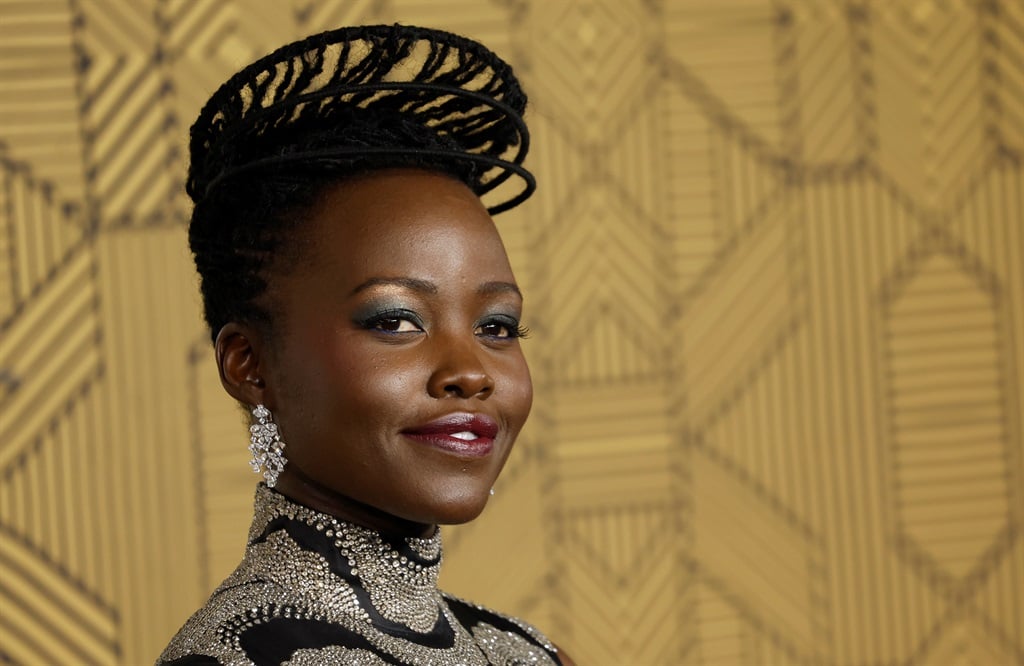
Hair braiding has been a pivotal element in African culture.
For centuries, braiding has been a form of identifying cultures and an art of bonding among people. The proliferation of this art transcended into different regions and places reaching mass who try the looks.
Speaking to TRUELOVE, Smangele Sibisi, founder of Indalo Nubian Naturals says, "[Braids] never left, they were [always] there. It’s just that some hairstylists out there found creative ways to revive the style and rename it. They are in now because how creativity has evolved.
"In terms of names, they have evolved over time. At first, they were known for Alicia Keys cornrows, they went on to lemonade braids, to tribals, Fulani braids," she says.
According to OkayAfrica, the act of braiding has offered African communities' opportunities to bond, develop skills, determine status and pass down traditions, no matter where the world takes them.
Now the braided look has evolved to suit the new beauty trends. Also, seen as a protective hairstyle amongst many, so without a doubt braid will always be the historic staple style.
Byrdie reports the history of braids dates back in the 3500 BC and it stills hasn’t lost its true value within the African culture, with more ethnic groups deriving their ideas from the influence of braids.
READ MORE | Busiswa's box braids with a twist, plus 4 more celebrity protective styles inspo
Many people believe the Himba people of Namibia were the first to braid their hair.
Alysa Pace, extension specialist at Bomane Salon, tells Byrdie, "These people have been braiding their hair for centuries. In many African tribes, braided hairstyles were a unique way to identify each tribe. Braid patterns and hairstyles were an indication of a person’s tribe, age, marital status, wealth, power, and religion. Braiding was and is a social art because of the amount of time it can take, people often would take the time to socialise."
"It began with the elders braiding their children, then the children would watch and learn from them. Younger children would start practicing on each other and eventually learn the traditional styles. This tradition of bonding was carried on for generations and quickly made its way across the world. It was around the 1900s when braids became most popular around the world. Almost all women, children, and most men in some way had their hair braided,” Alysa says.
Fashion brands are encompassing hairstyles and makeup as the primary accessory to tell a story through their garments. Prominent figures have lauded more individuals to express themselves through hair braiding.
Smangele says, "We work in different walks of our lives therefore even our hairstyles are incorporated differently to suit our fashion sense. It is important that these braids are done differently to suit each individual and their styles, what works for me might not work for somebody else."
Even though braids have existed for many generations, Smangele says this type of styles will take over 2024.
"It has certainly taken over and will continue growing in different designs and creativity, suiting all women fashion styles and personalities. Also, very friendly on different hair types."











